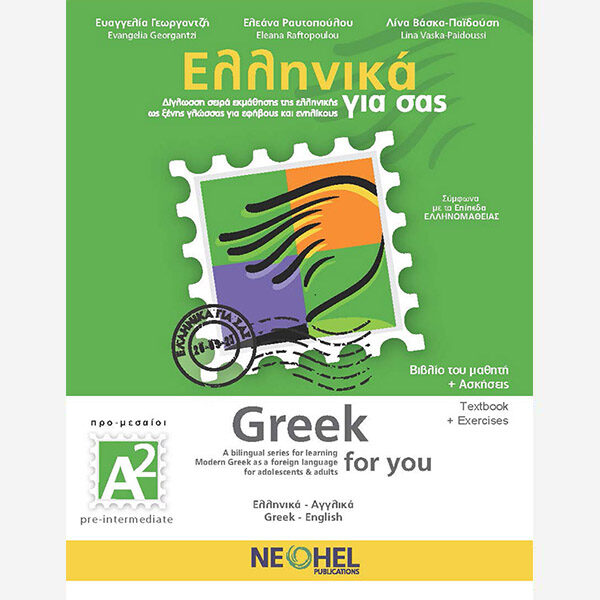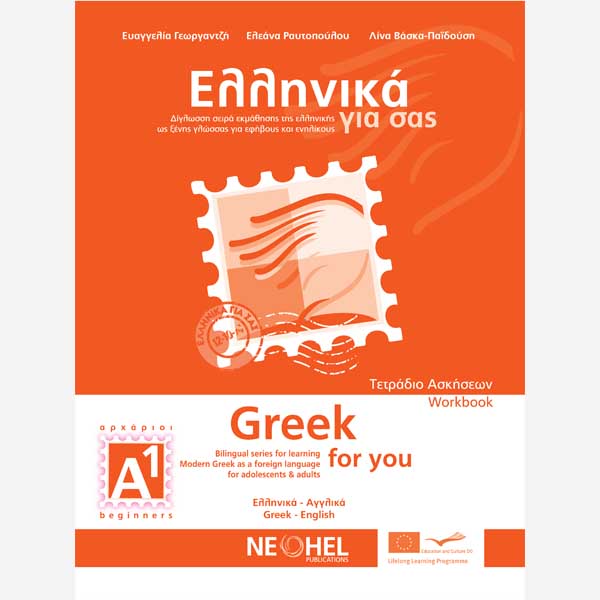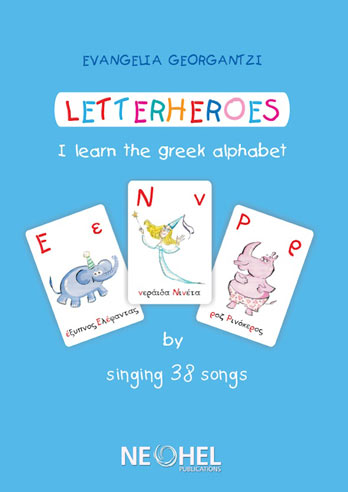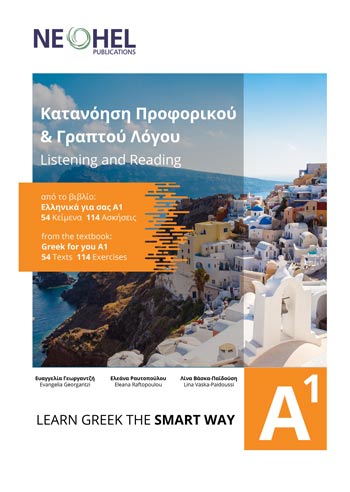Some food for thought from two giants of second language education and development
1.
Second Language acquisition theory by Stephen Krashen
Stephen Krashen, who revolutionised the way educators perceive second language education today, differentiates between learning and acquisition of a second language. Acquisition involves natural interaction in the target language, where the speakers’ main aim is communication and not the correct form of the language.
if learning is a conscious process, acquisition is subconscious. Learners acquire language input through an affective filter made of internal or external factors (perception of one’s self, of others, and so forth). This comprehensible input then, via the subconscious, becomes intake (it is internalised).
This subconscious process can be graphically represented as follows:
LANGUAGE IN
Krashen’s Monitor Model: The learner monitors the language output in different ways. We can differentiate between the “super monitor users”, the “underusers” or the “optimal users”.
LANGUAGE OUT
2.
We can assess a student’s second language skills using the two systems as framed by Jim Cummins:
BICS (Basic Interpersonal Communicative skills) & CALP (Cognitive Academic Language Proficiency).
These are commonly used terms that help teachers of students of Greek as a second / foreign language proceed with the said assessment.
On language development, professor Jim Cummins (1984) explained the following difference while observing bilingual students.
BICS is the measure for communicative – we could say conversational – language. How well does a learner communicates in the everyday environment – school, work, community? Can he/she speak face-to face or text or on the phone fluently or does he/she understand social actions?
CALP measures the academic skills of the learner, i.e. his progress when studying the language at school or otherwise.
Research has shown that BICS can take up to 2 years, whereas CALP can take up to 7 years for students with no prior knowledge of the second language, to develop.
How can we do it?
Suppose we observe a high school student; can he/she write a language assessment test or speak adequately of a project using the second language? (BICS)
At the same time, can he/she interact adequately with his peers or teachers at school? (CALP)
Can we as teachers measure in terms of time this student’s language development? If we know the answer to this crucial piece of information, we could definitely support the student in the classroom via differentiated instruction.






